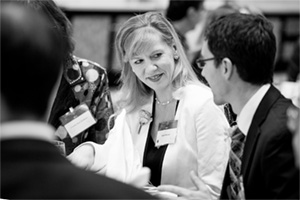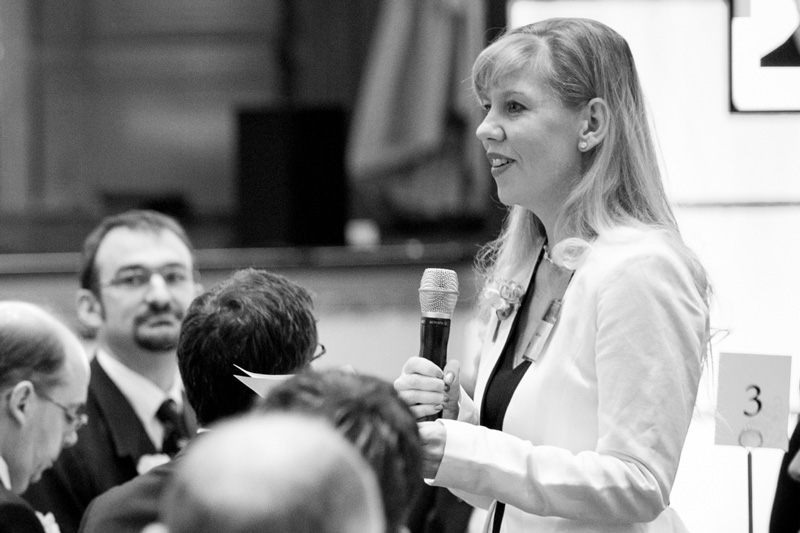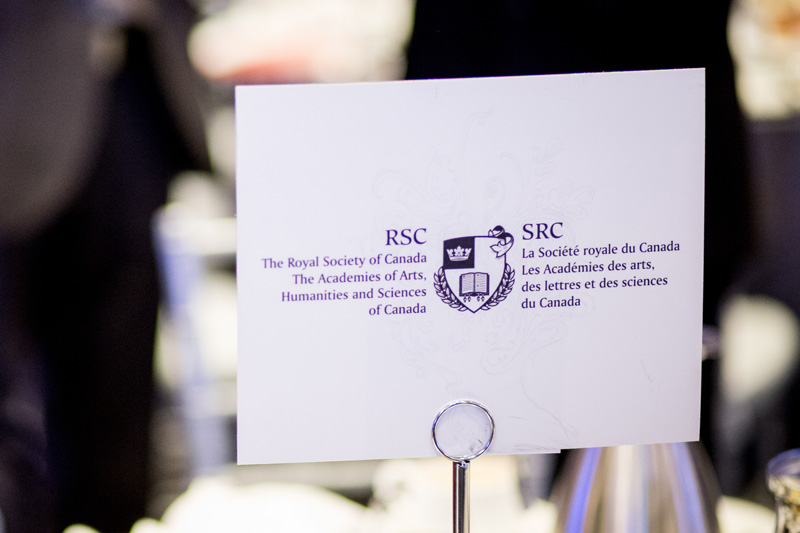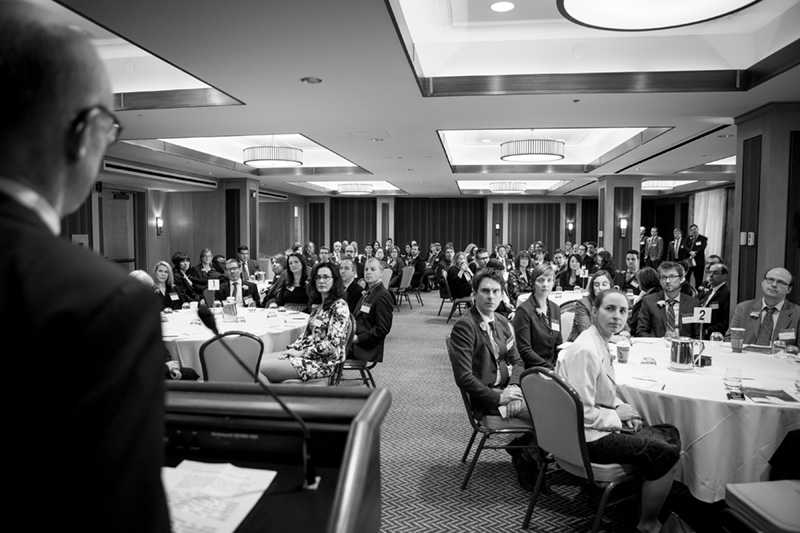Royal Society’s recognition of Dr. Isabel Pedersen brings prestige to UOIT
December 8, 2014

The University of Ontario Institute of Technology (UOIT) salutes Dr. Isabel Pedersen, Canada Research Chair (CRC) in Digital Life, Media and Culture, as the university’s first-ever member of the Royal Society of Canada’s (RSC) College of New Scholars, Artists and Scientists. Dr. Pedersen was part of the RSC’s inaugural cohort of 91 members at a formal ceremony on November 21 in Quebec City.
“It is a wonderful honour for the University of Ontario Institute of Technology to be represented by Dr. Isabel Pedersen in the Royal Society’s College of New Scholars, Artists and Scientists,” said Dr. Michael Owen, UOIT Vice-President, Research, Innovation and International. “Dr. Pedersen is an accomplished scholar who engages in groundbreaking research in the application of new technologies to everyday life and is an important member of an emerging generation of Canadian intellectual leadership. The creation of this college signals a new direction for the Society, an institution that was founded more than 130 years ago.”
Dr. Pedersen, Associate Professor, UOIT Faculty of Social Science and Humanities, conducts research that broadly questions the way in which future-proposed technology affects human identity and culture. Digital technologies are often predicted, invented, adopted and even celebrated before we fully understand their societal impacts.
- Learn more about Dr. Pedersen’s research (video link)
“All of Dr. Pedersen’s colleagues and students are exceptionally proud of her recognition from the Royal Society of Canada,” said Dr. Nawal Ammar, Dean, Faculty of Social Sciences and Humanities, UOIT. “We are not only the largest single faculty in number of students enrolled at UOIT, we are also proud of the quality of our faculty’s accomplishments. We have one of the best interdisciplinary research programs in wearable technology that includes humanities and the social sciences.”
While most research in the realm of digital media investigates the technological aspects of digital innovation, Dr. Pedersen’s work uniquely focuses on understanding the impacts of the digital age on our lives, culture, art and social practices. She is interested in how popular film, mainstream journalism, inventors’ writings and social media outlets persuade society to adopt these gadgets.
4 > 1






